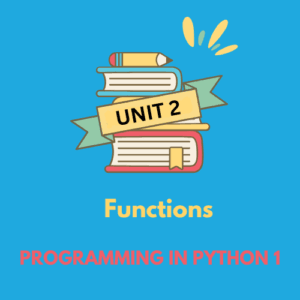
Click On the Download Button Below 
Introduction to Functions In Python :-
In Python, functions are fundamental building blocks that allow you to organize and reuse code. A function is a named block of code designed to perform a specific task, and it can take inputs (called parameters) and return outputs (using the return statement). Functions help reduce repetition and improve code readability by encapsulating logic in a modular way.
Functions in Python are defined using the def keyword, followed by the function name and parentheses (which may contain parameters). After defining a function, you can call it by using its name and passing the required arguments.
Objectives of Functions In Python :-
Use of functions makes the code shorter
- Use of functions makes the code easier to understand
- It reduces duplication of code
- Code can be reused easily
- Implements information hiding
- Divides a larger problem into smaller parts
- Improves modularity of code
List of References for Functions In Python :-
- Charles Dierbach, Introduction to Computer Science using Python, Wiley, 2013
- Paul Gries , Jennifer Campbell, Jason Montojo, Practical Programming: An Introduction to ComputerScience Using Python 3, Pragmatic Bookshelf, 2/E 201
Summary of Functions In Python :-
Functions in Python are blocks of code designed to perform specific tasks. They help organize and reuse code, making programs more efficient and easier to maintain. Functions are defined using the def keyword, followed by the function name and parentheses. Within the parentheses, you can define parameters (inputs) that the function will use.
